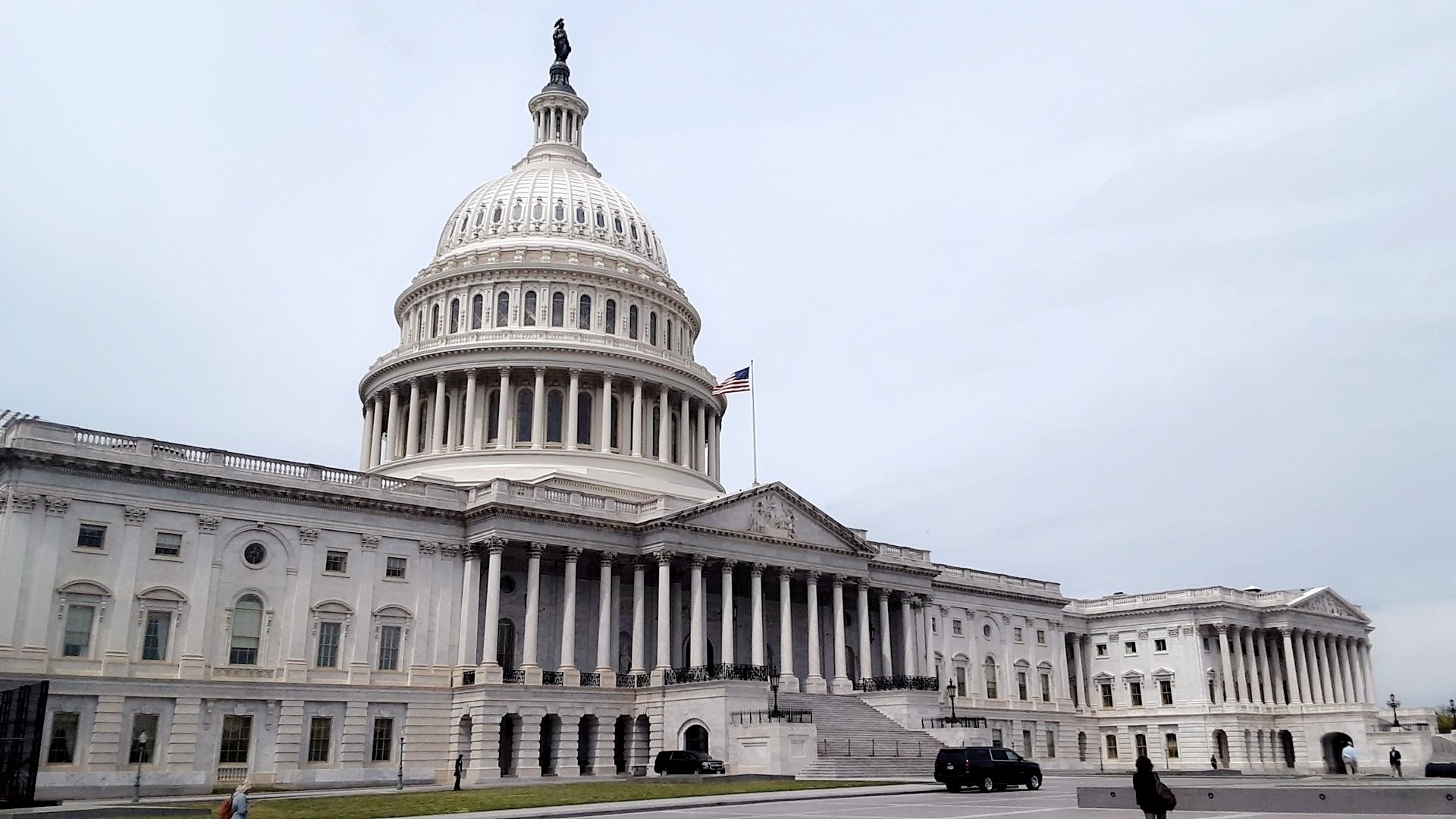International aid donors give the majority of their humanitarian and development aid to countries facing civil war. Donors aim to help these countries establish legitimate political and security institutions and break the conflict-poverty trap, particularly in post-conflict countries that have already achieved a peace agreement.
Even though conflict-affected countries are the top priority for Organization for Economic Cooperation and Development (OECD) member states—made up of the 36 largest bilateral donors, excluding China—existing scholarship has largely overlooked donor aid allocation to these contexts. Instead, it has largely classified post-conflict countries as poorly-governed states that donors simply bypass in favor of giving aid to International Non-Governmental Organizations (INGOs) who, then, give it directly to receiving communities.
While not incorrect, this description of aid to post-conflict countries fails to consider why donors give aid to post-conflict countries in the first place: they aim to help build peace so that these countries can sustain economic development. But, as the civil war literature argues, to understand whether donors actually help build peace we have to, first, understand how donors engage in the specific conflict and peace dynamics on the ground. Without understanding the motives and behaviors of donors within conflict-affected countries, it is almost impossible to evaluate whether they are effective at helping these countries to build peace. To donor aid allocation patterns in post-conflict countries, which are not visible with available aid allocation data, we surveyed over 1,130 aid workers working around the globe.
We asked these aid workers how donors give different types of aid in response to different pathways that conflict-affected countries take once they have signed a peace agreement. In particular, we were interested how aid workers react to signals that a post-conflict country is progressing toward peace, or regressing back to war. During post-conflict transitions, donors have four broad types of aid at their disposal: humanitarian aid, transitional aid, standard development project and program aid, and budgetary aid. Each of these types of aid has a different purpose and mode of delivery. We argue that donors use these different types of aid strategically in response to the respective country context: either to support a country’s consolidation of peace or to help a country avoid further regression towards war.
We find that donors do, in fact, allocate these different types of aid in response to a post-conflict country’s progression toward peace or regression toward war, but not always in ways that are likely to build peace.
In particular, we find that that when post-conflict countries signal that they are progressing toward peace by implementing the peace agreement and establishing security, donors increase development and budgetary aid that support the recipient government and transitional aid that enables continued peacebuilding. When post-conflict countries signal they are regressing toward potential renewed war, donors increase humanitarian aid that bypasses the government and transitional aid that aims to revive the peace process, at the same time as they withdraw budgetary aid that directly funds the government’s budget.
Surprisingly, we find that donors seem to be much less certain about whether they should increase, withdraw, or sustain development aid when the post-conflict country is falling back into war. According to one respondent, even if donors want to reduce development aid, they may be unable to because aid “is often ‘locked-in for a several years (at least 2) and will not change rapidly.” This is supported by the aid literature, which argues that donors are incentivized to spend money, not to withdraw it. Another respondent indicated that donors may be unwilling to reduce aid because they fear losing influence with the recipient government: “If the aid allocation is decreasing, there will obviously be a decrease in influence.” Another responded added that increasing competition from non-traditional donors, such as China, may reduce the impact of OECD conditionality, making OECD donors even more reluctant to decrease aid: “even if ‘traditional’ donors like OECD countries stop or decrease their aid to some countries due to some negative events, it has less impact than before, as these ‘new donors’ can supplement the absence of major donors by providing aid.”
Our findings have important implications for whether donors can, or cannot, use aid to help stop countries from falling back into war. On the one hand, while “donor influence on the country depends on how consistent the allocation is,” sustained aid levels can also support the recipient government’s increasingly violent and repressive behaviors. On the other hand, if donors withdraw development aid in the face of rising violence, they may further destabilize the country’s peace process and inhibit peacekeeping, peacemaking, and peacebuilding efforts. In addition, if OECD donors attempt to use aid to sanction post-conflict countries, these countries may turn “to non-traditional donors (non-OECD donors that is, e.g. China, Russia etc…) for another type of support,” reducing the effect of OECD aid withdrawal. In sum, OECD donors may be much more successful at using aid to support post-conflict countries that are already progressing toward peace than stopping post-conflict countries from falling back into war.
This blog piece is based on the article “Aiding War or Peace? The insiders’ view on aid to post-conflict transitions” by Susanna Campbell and Gabriele Spilker, forthcoming in the Journal of Politics, Volume 84, Issue 3.
The empirical analysis of this article has been successfully replicated by the JOP. Data and supporting materials necessary to reproduce the numerical results in the article are available in the JOP Dataverse.
About the authors
Susanna Campbell is Assistant Professor at the School of International Service, American University. You can find more information on her research here and follow her on Twitter: @SusannaCampbell
Gabriele Spilker is Professor of International Politics – Global Inequality at the University of Konstanz. You can find more information on her research here and follow her on Twitter: @gabi_spilker

